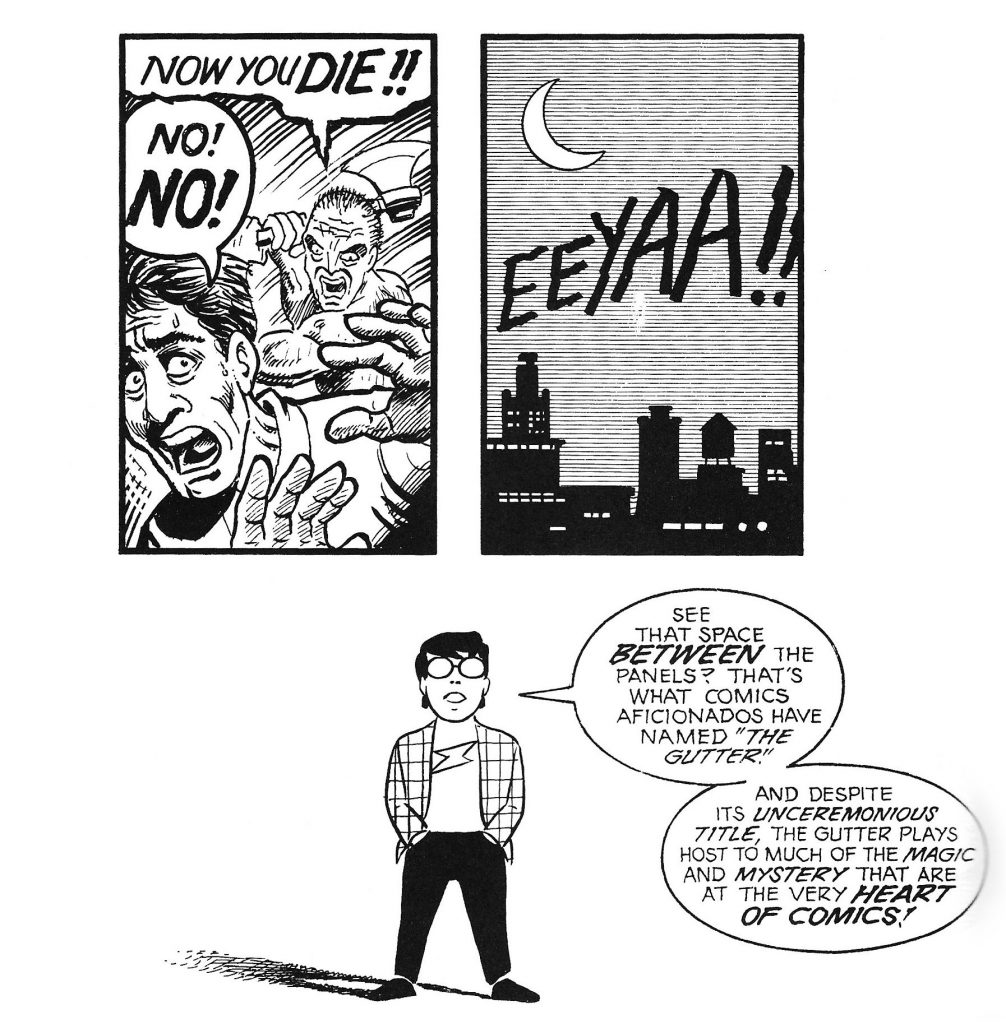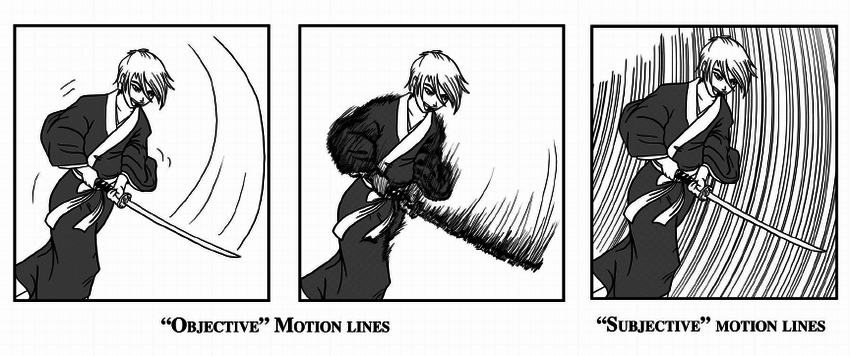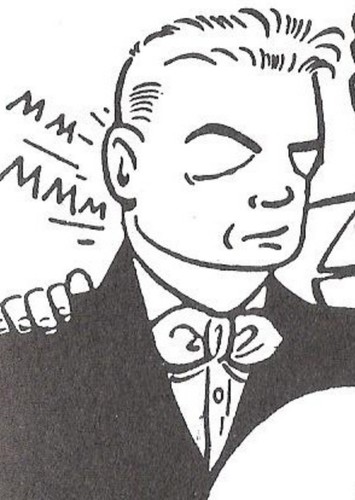COMICS: Scott McCloud defines comics as “Juxtaposed pictorial and other images in deliberate sequence, intended to convey information and/or to produce an aesthetic response in the viewer.” So basically: Images meant to be interpreted in sequence.
PICTORIAL: For a drawing or symbol to be “pictorial”, it has to have some resemblance to the subject.
ICON: An icon is any image used to represent a person, place, thing or idea.

thinking
CLOSURE: The phenomenon of observing the parts but perceiving the whole is closure. In the medium of comics, closure is an agent of change/time/motion and the viewer is a willing collaborator. Example: In a movie, there is a shot of a person approaching a train with intent to board. When it is followed by a different shot of the person in the train, your mind immediately comprehends that the person boarded the train although it wasn’t directly shown. That is closure.
GUTTER: The gutter is the blank space between panels of a comic. In comics, panels fracture time and space, and we use the gutter between them to turn them into a more continuous, unified reality with closure.

PANEL-TO-PANEL TRANSITIONS:
Moment-to-Moment (very little closure needed)
Action-to-Action (See Garfield comic below)
Subject-to-Subject
Scene-to-Scene (across distances of time and space)
Aspect-to-Aspect (place, idea, mood, rather than time)
Non-Sequitur (no logical relationship – we can find meaning or resonance even in jarring combinations)
garfield

garfield
BLEEDING: In a regular closed panel, time is present and contained. When the panel runs off the page edge, time escapes into space and a mood is set. This is called bleeding, and it is often used by Japanese manga artists.

ZIP RIBBON: The line of motion shown in comics. Often used in superhero and action comics where there are lots of fast and sudden movements.

SYN-AESTHETICS: Relating to synesthesia & merging of the senses. Used to evoke an emotional or sensual response .The use of visual icons can give the feeling of things we can’t see “in real life” such as shock lines or smell lines.
SPEECH BUBBLE: The speech bubble is the comic equivalent of quotation marks. The bubble indicates speech and contains a character’s dialogue. The type of speech can be expressed or enhanced with the appearance of the bubble; a spiky bubble with all-caps text can indicate shouting or anger, and a shaky bubble with smaller text could mean the person speaking is feeling afraid or reluctant.
MONTAGE: In comics, a montage is an integration of text into a picture. This text isn’t usually encased in a speech bubble. See the picture below.
